The Evolution of U.S. Immigration Policy
The United States has long been a melting pot of cultures and backgrounds, driven by its history of immigration. Throughout different administrations, U.S. immigration policies have seen numerous reforms, shaping the country's demographic and economic landscape. In 2025, under Donald Trump's tenure, the immigration policies are set to undergo significant changes, continuing his administration's rigorous stance from previous years.
Border Security and Enforcement
One of the primary focus areas of Trump's 2025 immigration policies is strengthening border security. This includes the proposal for adding more barriers along the southern border, which has been a controversial subject. The administration aims to increase the deployment of technology, such as drones and sensors, to enhance surveillance and prevent unlawful crossings. Additionally, funding for the Border Patrol is expected to rise, allowing for more boots on the ground and specialized units dealing with immigration enforcement.
Changes in Asylum Processes
Revisions to the asylum processing are anticipated as part of Trump's 2025 strategy. These changes may involve tightening the criteria for asylum seekers and accelerating the adjudication process, with the intention of reducing the backlog of cases. The administration seeks to enforce stricter documentation requirements to prove qualified claims and is expected to expand agreements with third-party countries, creating more options for processing asylum claims outside the U.S.
Legal Immigration and Visa Policies
While much attention is given to illegal immigration, Trump's policies also target legal immigration channels. Reforms are likely to include modifications to employment-based visa programs to prioritize U.S. workers. Expect potential adjustments in family-based immigration, emphasizing merit-based systems that evaluate education, skills, and language proficiency. These policies aim to align immigration with economic goals while minimizing what is seen as 'chain migration.'
Impact on the Economy and Workforce
Trump's immigration policies in 2025 are designed with the economic interests of U.S. citizens in mind. By tightening immigration controls, the administration asserts it will protect American jobs and address unemployment. However, critics argue that such policies might limit the labor force available for industries that depend on immigrants, potentially affecting economic growth. The debate between economic protectionism and inclusivity remains central to the discourse on these policy changes.
As the world watches the evolution of U.S. immigration under Trump's leadership in 2025, the consequences of these policies reflect deeper national conversations about safety, economy, and identity. The ramifications will be felt well beyond the borders, affecting international relations and perceptions of America on the global stage.




























